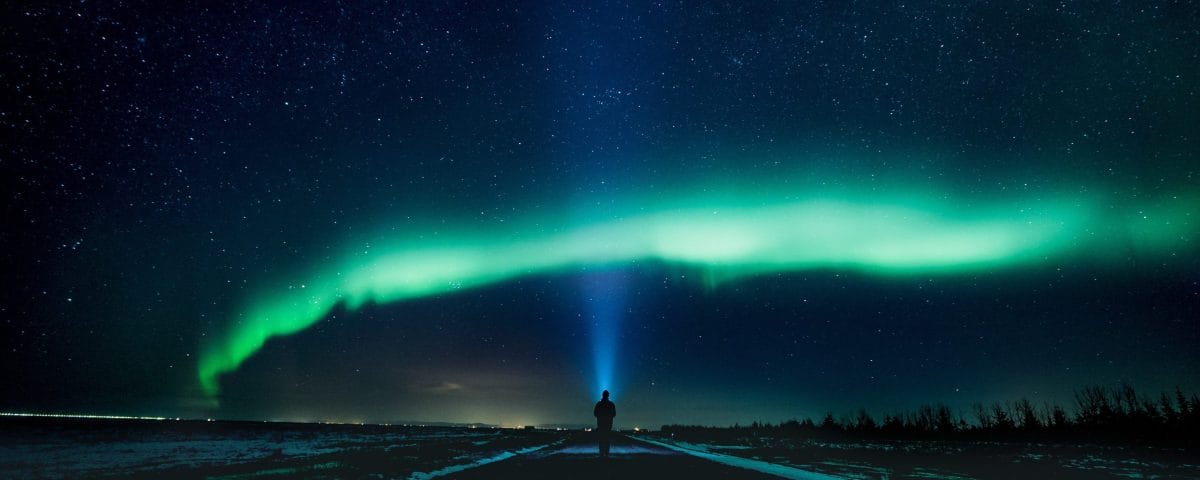Why 2026 Is the Golden Year to Witness the Northern Lights
Imagine standing under a sky alive with movement — streaks of emerald green, violet, and crimson rippling like curtains in the dark Arctic night. For centuries, the Northern Lights (Aurora Borealis) have fascinated travellers, a natural wonder where science meets something almost magical.
Here’s the catch: if a Northern Lights tour from Malaysia is on your bucket list, 2026 is the year you don’t want to miss. After that, it could be another decade before the lights dance this brightly again.
Let’s uncover why 2026 is so special, the science behind the aurora, and the best European destinations to chase them with Easy Europe.
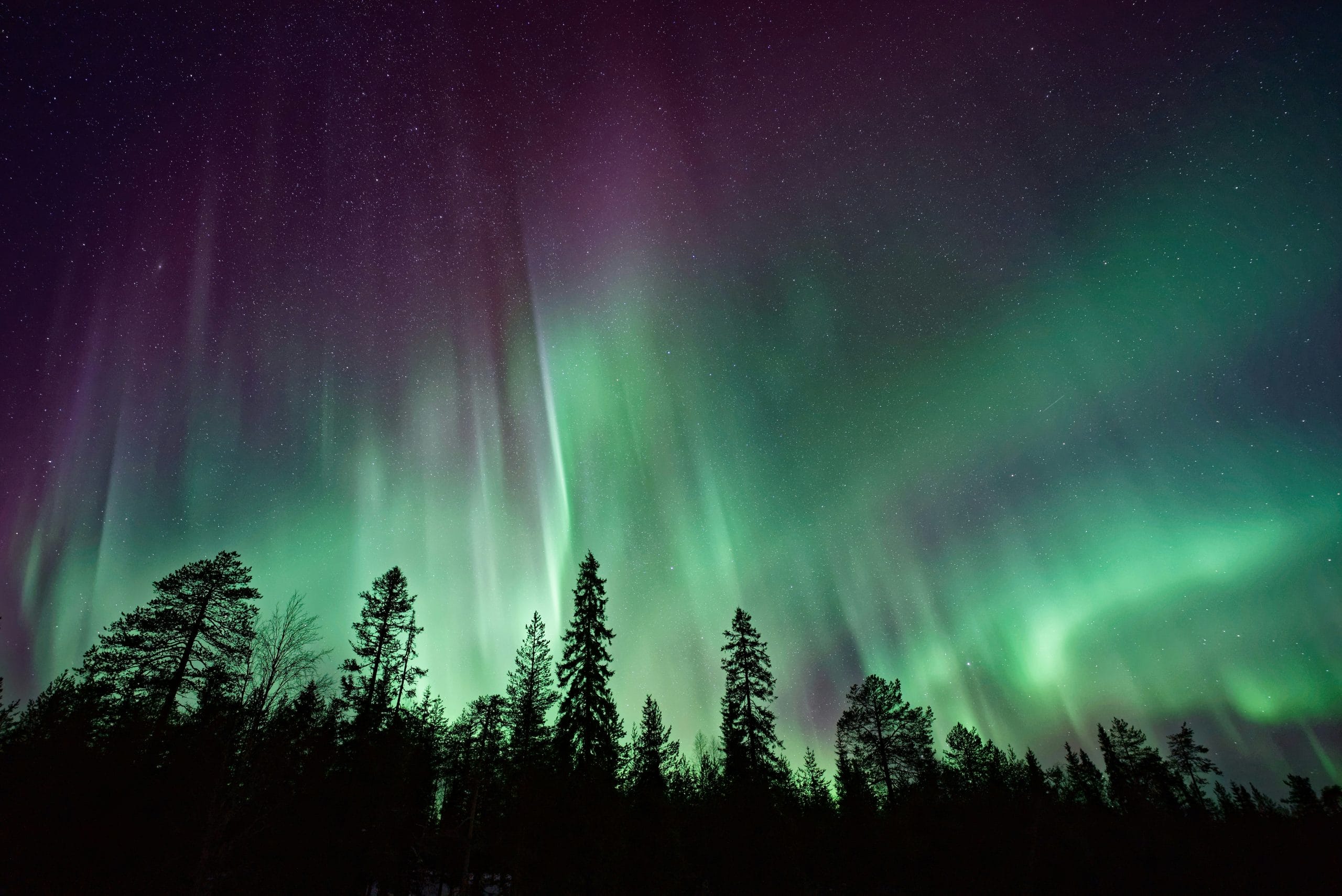
Why the Lights Will Be at Their Strongest
The Solar Secret Behind the Aurora
The Northern Lights happen when the sun throws out streams of charged particles, known as the solar wind. Most of these particles bounce off Earth’s magnetic shield — but near the poles, some slip through and collide with gases in the upper atmosphere. Oxygen glows green or red, nitrogen adds hues of blue and purple, and together they paint the night sky in dazzling motion.
The more active the sun, the stronger the show — and the better your chance for unforgettable Northern Lights photography.
The 11-Year Solar Cycle
Our sun follows a rhythm: every 11 years, its activity builds to a “solar maximum,” when eruptions and solar flares are at their peak. This means more particles, more collisions, and more dramatic auroras.
Right now, we’re in Solar Cycle 25. Scientists forecast that the peak will last through 2024–2026 — possibly the most powerful in decades. After that, activity fades, and the Aurora Borealis won’t shine as often or as vividly until the mid-2030s.
That’s why 2026 is considered the golden window for aurora tours.
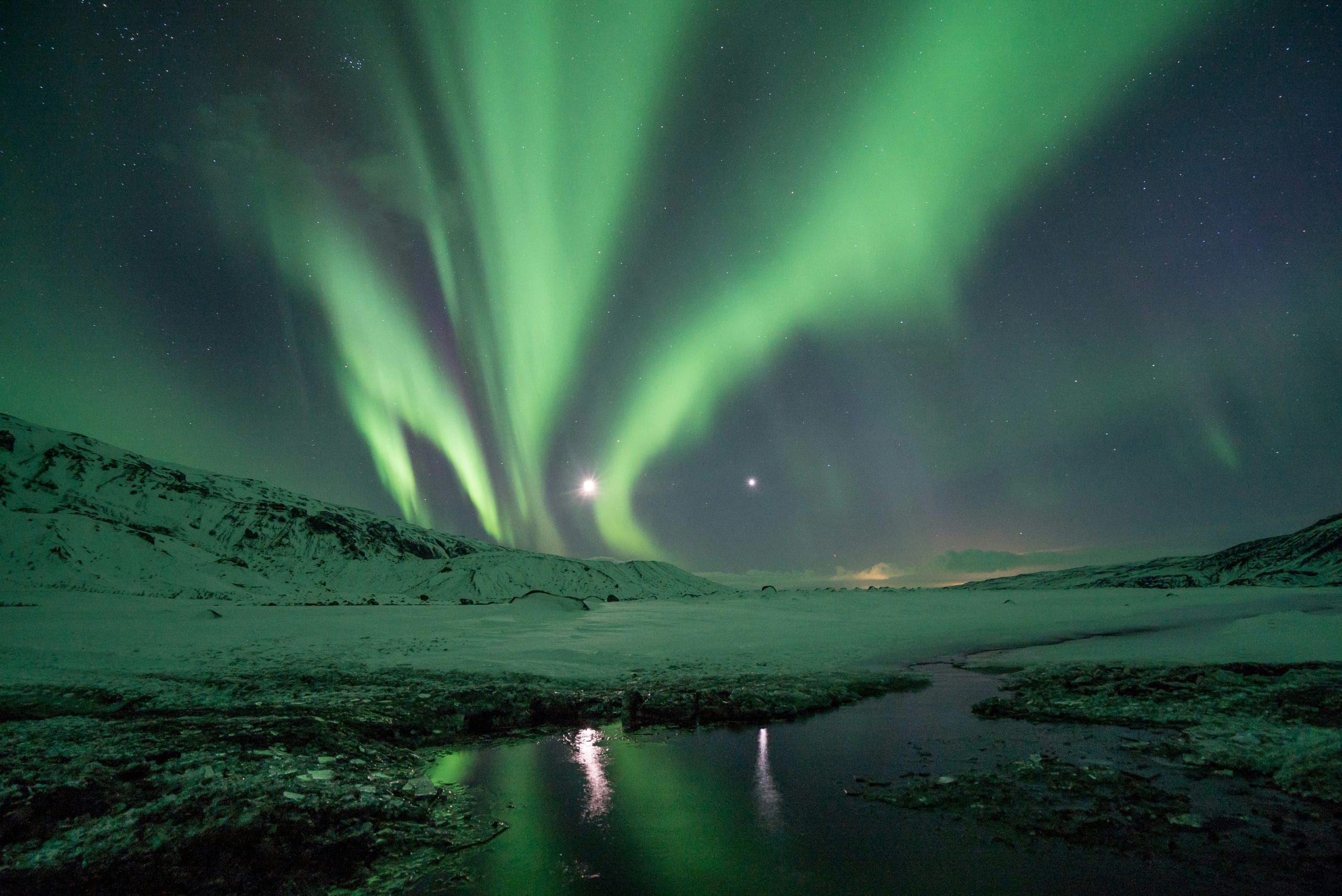
Best Time of Year to Go
Aurora hunting is all about dark skies. In Northern Europe, the prime season runs from September to March, when nights are longest. At Easy Europe, we design itineraries between November and March, the months we believe offer the best balance of sightseeing and aurora chasing.
- November – Longer daylight hours for sightseeing, with plenty of darkness for aurora viewing.
- December – Deep winter, with the crispest, darkest nights — perfect for Northern Lights photography tours.
- January – Peak winter, when nights are longest and snowy landscapes are at their most dramatic.
- February & March – Colder months bring thicker ice for unique experiences like the Icebreaker cruise in Finland, while the skies remain highly active.
Tip: No matter the month, your best chance is on a clear night far from city lights — a must for every aurora hunting tour from Malaysia.
Where Easy Europe Takes You for the Aurora
Norway, Sweden & Finland
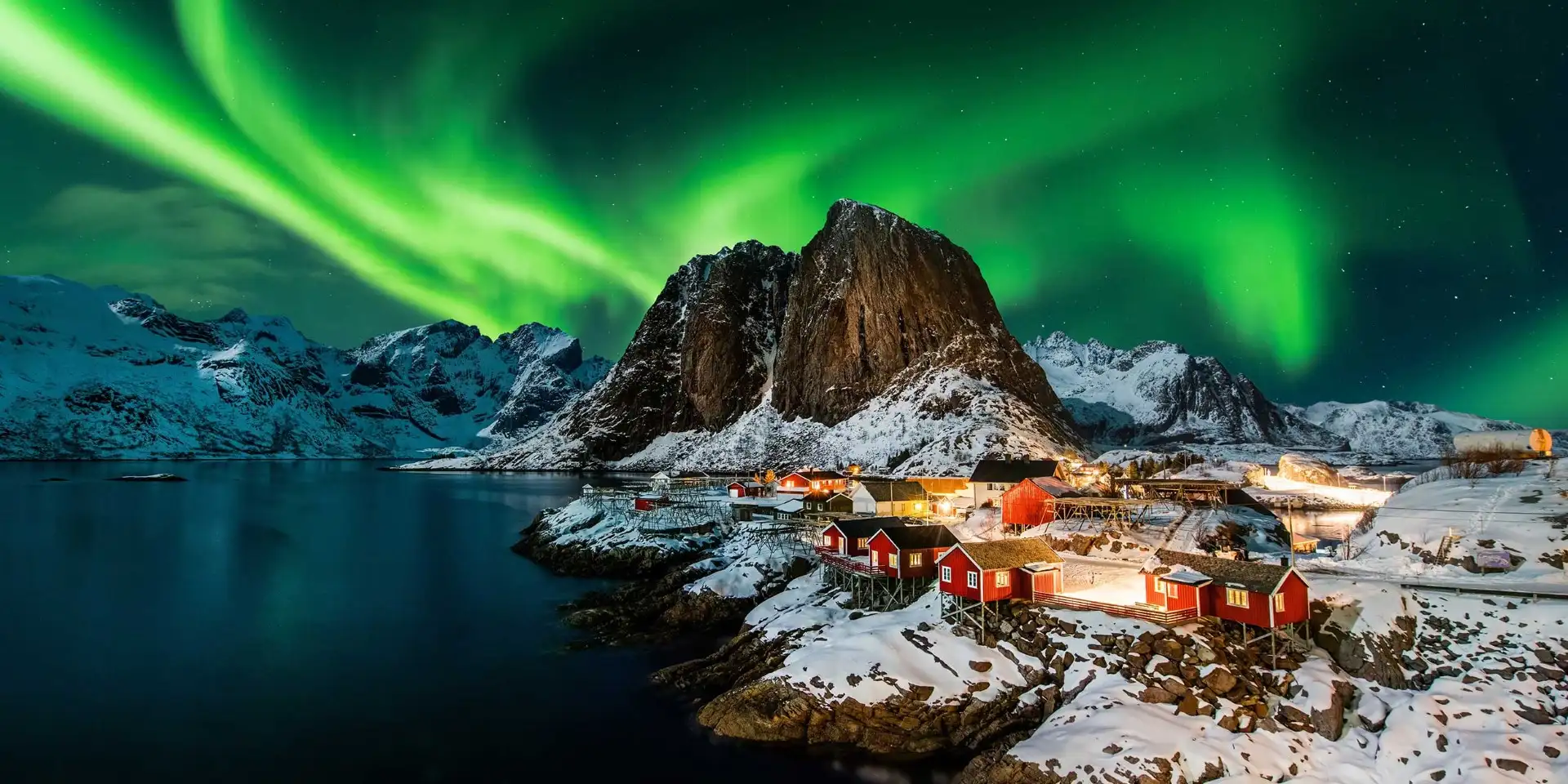
Go north of the Arctic Circle and your chances multiply. Norway’s fjords glitter under snow, Sweden’s Lapland offers cosy towns and reindeer sled rides, and Finland lets you watch the aurora from the comfort of a glass igloo hotel in Lapland.
Travel with Easy Europe: Our Scandinavian Northern Lights tour from Malaysia combines all three countries with expert-led aurora hunts, snowmobiling, dog sledding, and a magical Northern Lights hunt aboard the Hurtigruten cruise — where you watch the skies dance from the deck of a ship sailing through Arctic waters.
READ NEXT: The Best Northern Lights Itinerary for Malaysian Travellers — 12D10N Icebreaker Special
Russia
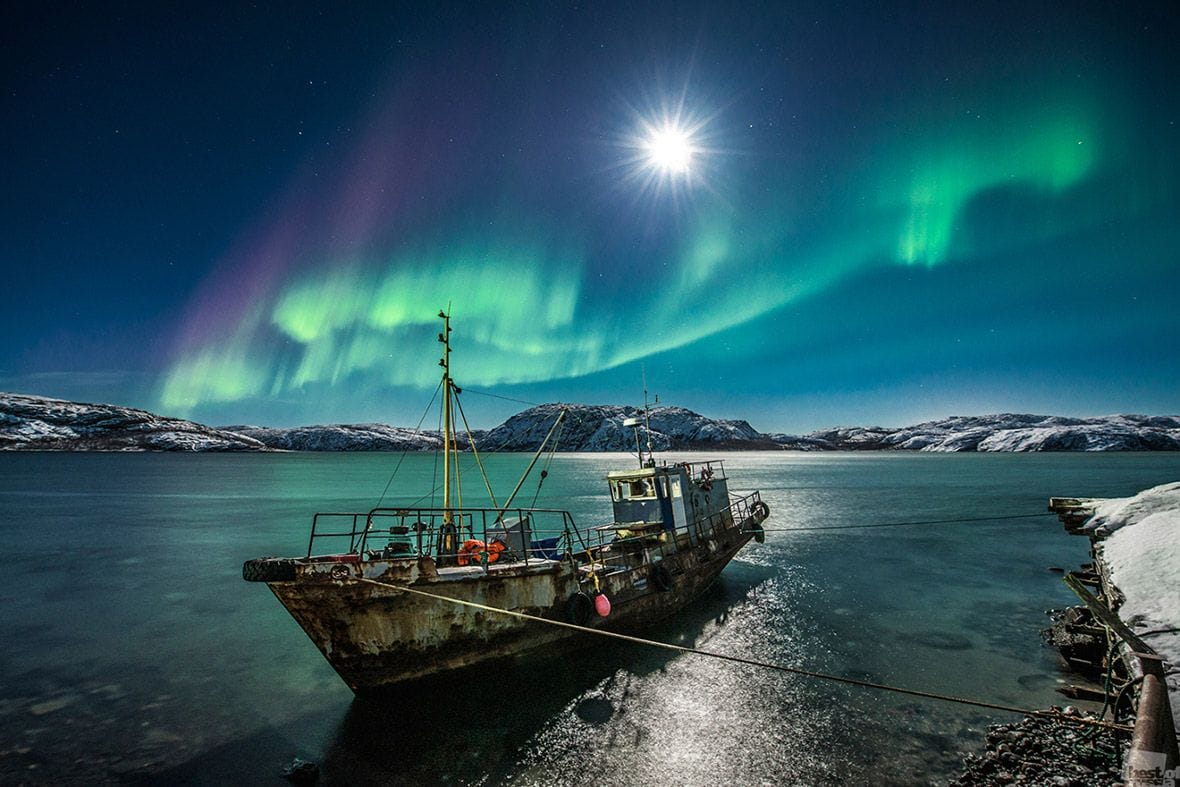
Looking for something unique? Russia offers an off-the-beaten-path aurora travel experience. Murmansk — above the Arctic Circle — is one of the best places to see the Northern Lights. Combine this with the cultural grandeur of Moscow and St. Petersburg for a mix of northern skies and heritage.
Travel with Easy Europe: Our Discover Russia – Northern Lights Hunt blends aurora chasing with visits to Moscow’s Red Square, the palaces of St. Petersburg, and the Arctic charm of Murmansk.
READ NEXT: The Only Russia Itinerary You Need for Aurora + Culture
Iceland
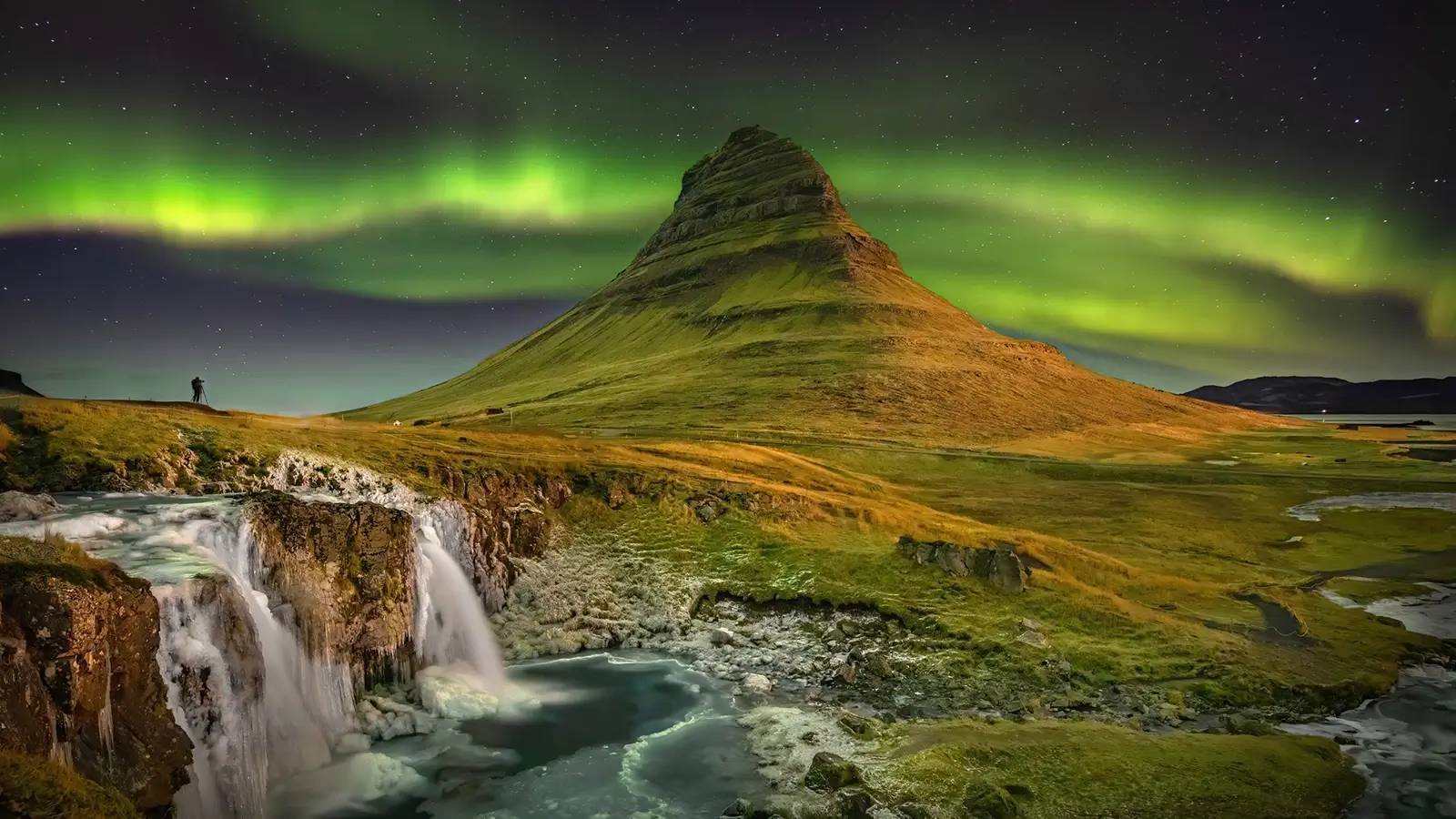
A land of fire, ice, and endless drama, Iceland sets the stage for unforgettable Northern Lights viewing tours. Picture the aurora arching above black-sand beaches, frozen waterfalls, and shimmering glaciers. Even Reykjavík offers glimpses of the aurora on clear nights.
Travel with Easy Europe: Our Iceland Highlights tour takes you across waterfalls, volcanic landscapes, lava fields, the Blue Lagoon, and Northern Lights hotspots.
READ NEXT: Ready for Iceland? See the Best in 11 Days 8 Nights
Don’t Wait Another Decade
After 2026, the sun’s activity will quiet down — and the Northern Lights won’t appear as often or as brilliantly until the next solar maximum in the 2030s. That’s a long wait.
If you’ve ever dreamed of standing under skies alive with colour, now is the time to plan your Northern Lights trip from Malaysia. With Easy Europe, you’ll not only chase the aurora, but also experience the culture, landscapes, and once-in-a-lifetime moments that make travel unforgettable.
The Aurora Borealis is calling. 2026 is the year to answer.

